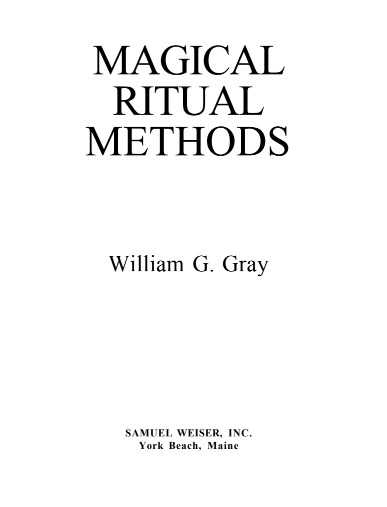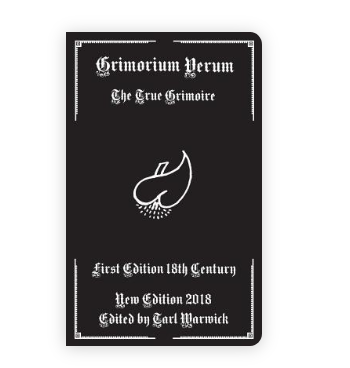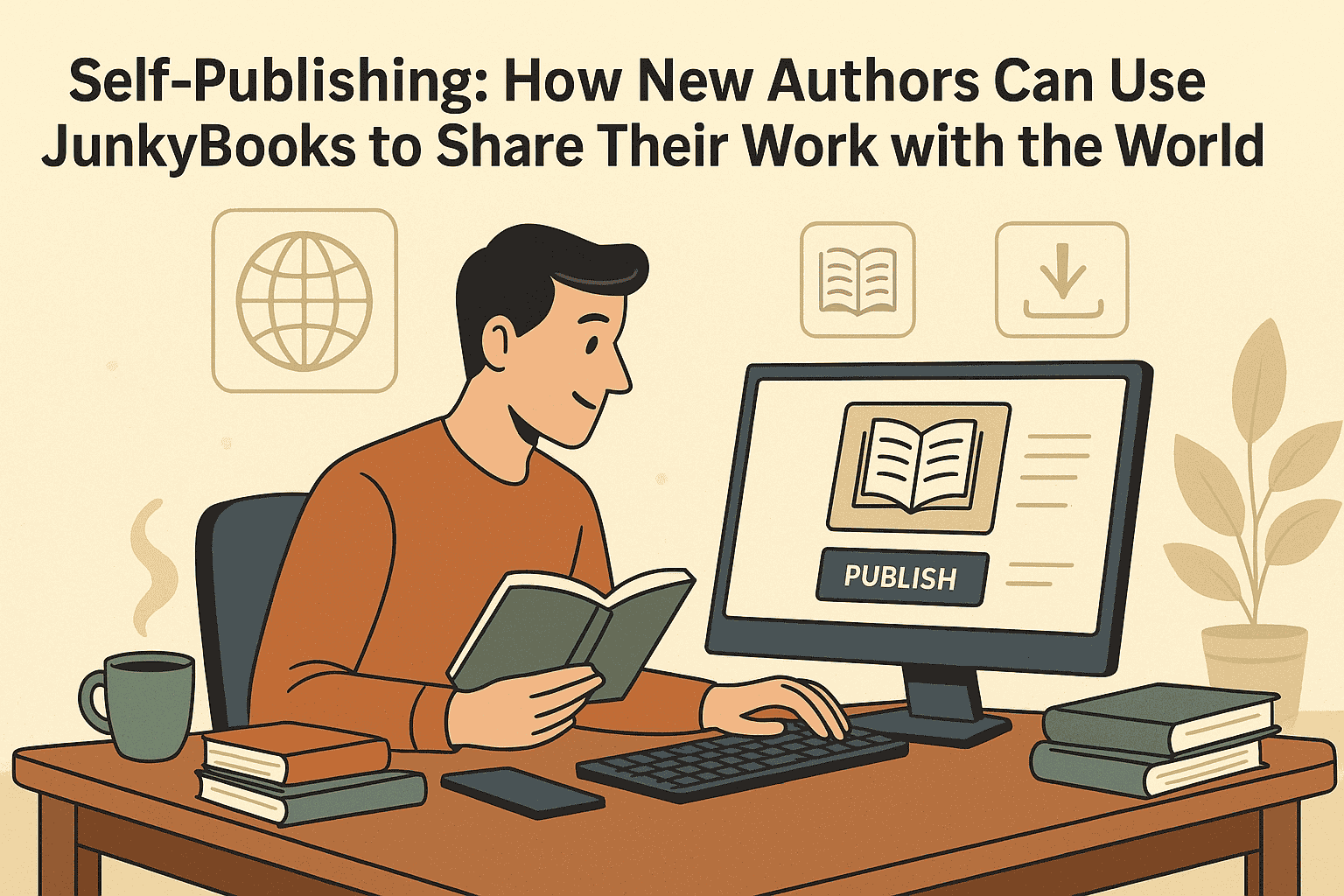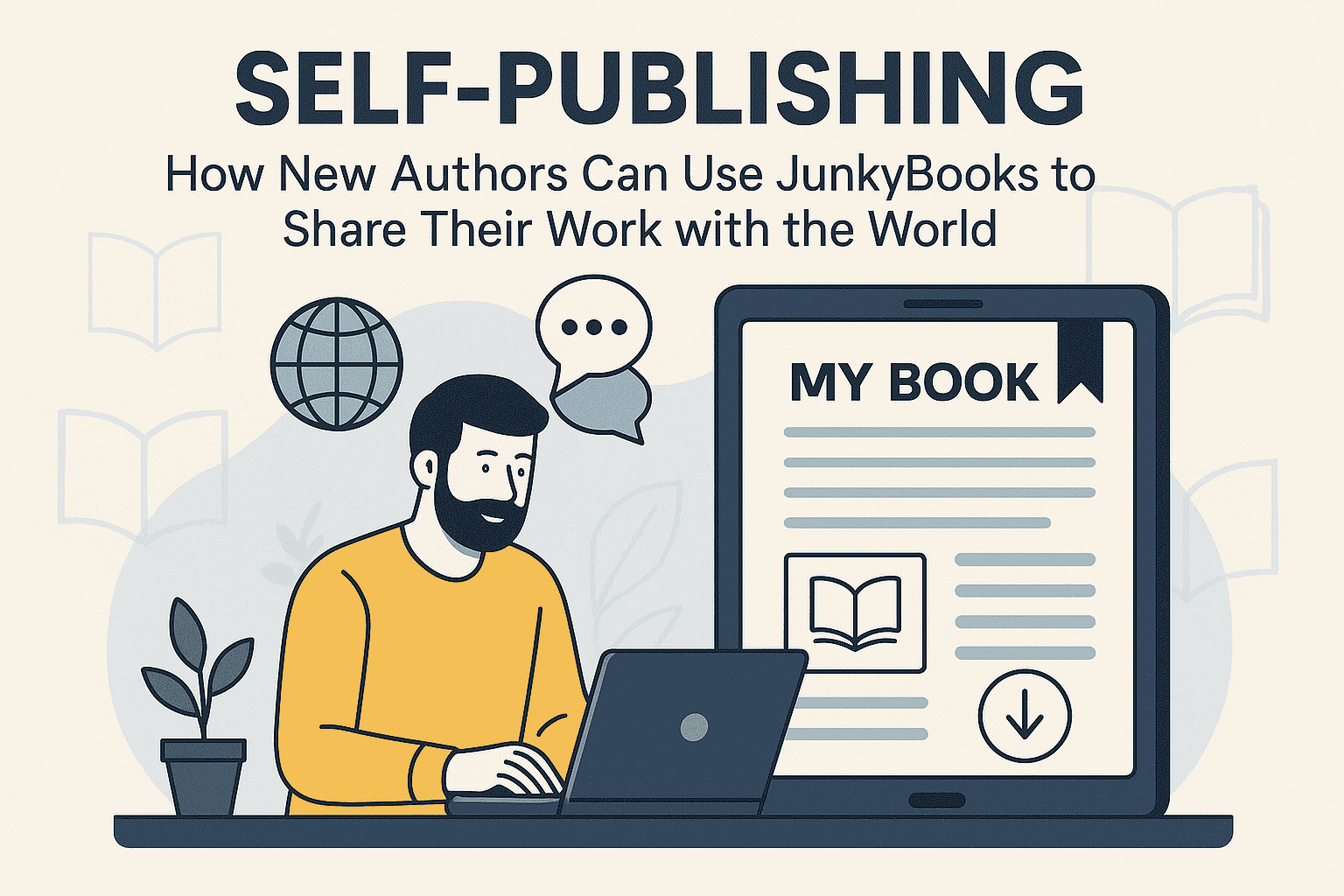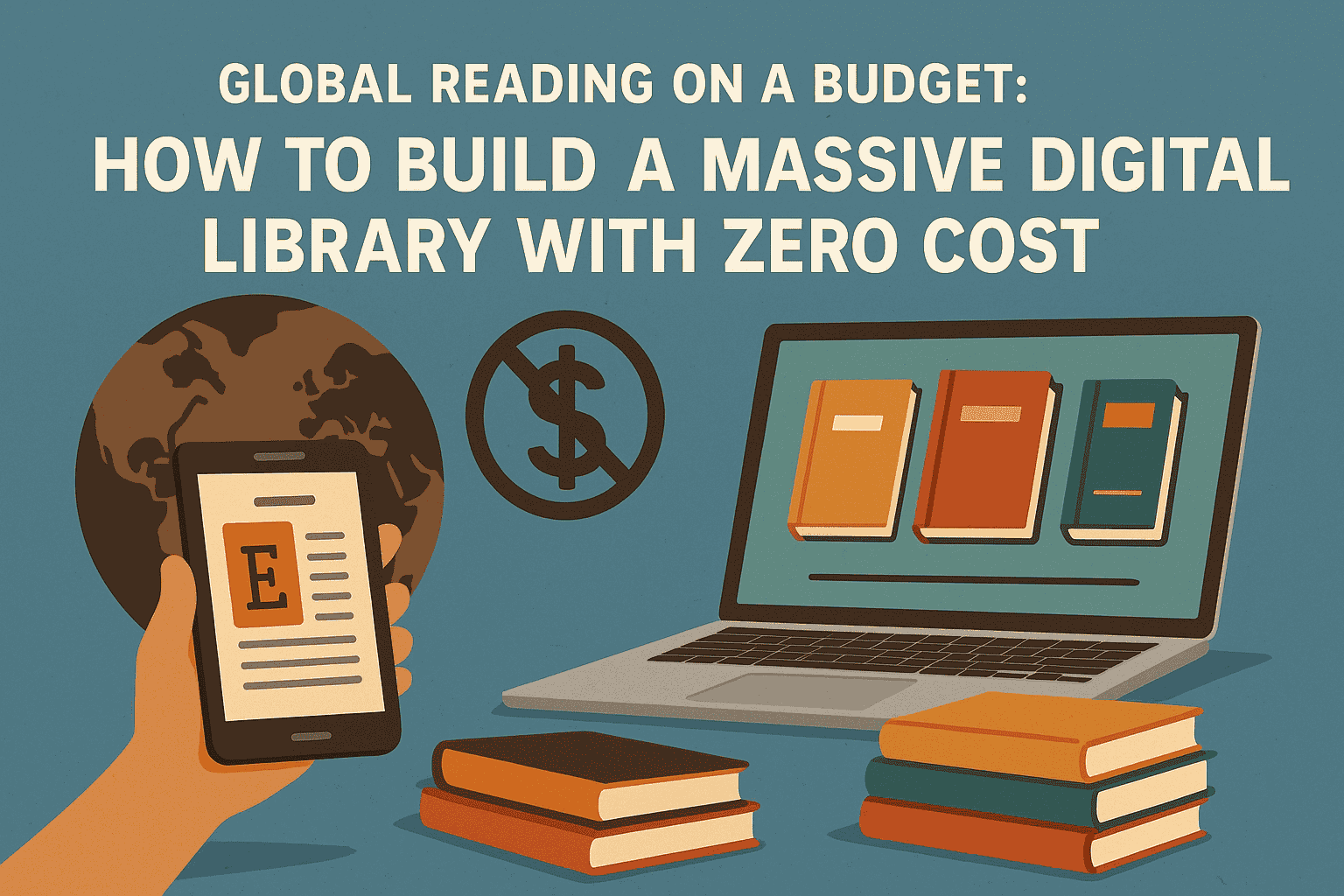Books and Branding: How Literary Characters Build Personal and Corporate Brands
Branding isn’t just the domain of advertising agencies or marketing executives—it’s also a central theme in modern literature. As readers, we often associate branding with logos, taglines, and ad campaigns, but in fiction, branding takes a more nuanced, character-driven form.
Literary characters don’t just build companies; they build identities. Through style, behavior, values, and storytelling, they craft personal and corporate brands that influence how they are perceived in their worlds—and ours.
Whether it’s a charismatic entrepreneur, a visionary CEO, or an outsider navigating the world of image and perception, novels reveal how powerful branding can be when wielded with strategy and conviction. Fictional businesses and individuals in literature are often as concerned with their reputations and public personas as they are with profits and products.
This article explores how novels depict branding in action—both personal and corporate—and how these portrayals reflect real-world marketing truths.
Personal Branding: Crafting a Public Identity
In the world of fiction, a strong personal brand can be the difference between influence and irrelevance. Characters use everything at their disposal—appearance, speech, values, and media presence—to build compelling identities that command attention.
One of the most iconic examples is Jay Gatsby from F. Scott Fitzgerald’s The Great Gatsby. Gatsby’s entire persona is a carefully constructed brand—his parties, wardrobe, and mysterious wealth all serve to project an image of success and allure. Gatsby’s brand isn’t just for society—it’s a campaign aimed at winning back Daisy Buchanan. His self-invention reflects the essence of personal branding: using narrative and symbolism to control perception.
In American Psycho by Bret Easton Ellis, Patrick Bateman offers a darker, hyper-commercialized view of personal branding. His identity is a composite of designer labels, business cards, fitness routines, and surface-level charisma. Bateman’s obsession with image and status satirizes the idea that branding can become detached from substance, hollowing out the person behind the persona.
Personal branding in literature often explores the tension between authenticity and performance. Characters must decide how much of themselves to reveal and how much to fabricate to fit the roles they’ve chosen—or the ones society expects them to play.
Corporate Branding: Building Fictional Empires
Fiction also brings us into boardrooms and brainstorming sessions where companies are not just businesses—they’re brands. Authors depict how fictional enterprises craft public identities to attract customers, partners, and investors.
In Dave Eggers’ The Circle, the titular tech company meticulously builds its brand around transparency, innovation, and community. Its clean logos, futuristic architecture, and utopian messaging mask a more sinister agenda of surveillance and control. The Circle’s branding is both a marketing tool and a form of ideological warfare, pushing values that blur the line between corporate mission and societal mandate.
Similarly, in Joshua Ferris’ Then We Came to the End, we see branding from the inside out. The advertising firm in the novel struggles with layoffs and identity crises, yet its staff clings to the rituals and culture that once defined their brand. The novel explores how internal branding—how a company sees itself—can be just as important as external messaging.
Even in more lighthearted fare like Sophie Kinsella’s Shopaholic series, branding plays a major role. Becky Bloomwood’s job in PR and her obsession with high-end fashion reveal how consumer identity and personal branding are deeply intertwined. In this universe, what you wear is who you are.
Branding as Character Development
In novels, branding is more than a marketing strategy—it’s often a lens through which characters define themselves and evolve. The journey from obscurity to influence mirrors the brand-building arc in real life.
Take Ariel Trout in Elizabeth McCracken’s The Giant’s House. As a small-town librarian, Ariel's personal brand is one of eccentricity, intelligence, and quiet authority. She crafts her identity not through flashy tactics but through consistent behavior and emotional honesty. Her brand is who she is—and her character’s growth reflects the power of authenticity over polish.
In The Devil Wears Prada by Lauren Weisberger, Miranda Priestly’s brand is omnipotent. Her image—chic, intimidating, flawless—is as powerful as the fashion empire she controls. But her assistant Andrea’s journey shows how branding can both liberate and constrain. Andrea must develop her own personal brand, distinct from Miranda’s, to survive and thrive in a cutthroat environment.
Branding here becomes a metaphor for character development. As characters understand and refine how they’re perceived, they often come to understand themselves more deeply.
Narrative Voice and the Author as Brand
It’s not just characters and companies that are branded in fiction—authors themselves become brands. The voice, tone, and thematic consistency of a writer’s work shape reader expectations and loyalty.
Think of Stephen King: horror and suspense, blue-collar protagonists, and deeply American settings. Or J.K. Rowling: magical realism, hidden worlds, and themes of friendship and destiny. These brands are not just marketing tools—they are storytelling identities.
Characters within fiction sometimes reflect this phenomenon. In novels like The Plot by Jean Hanff Korelitz, the protagonist is a struggling author who becomes a sensation by co-opting another writer’s story. The novel explores what it means to create a branded voice—and the consequences of manufacturing authenticity.
Fictional Brands That Feel Real
Some novels go so far in crafting fictional brands that they feel tangible. These stories often satirize real-world corporate culture, revealing how powerful branding can be in shaping culture and consumer behavior.
In Max Barry’s satirical novel Jennifer Government, global corporations have absorbed government functions, and characters are literally named after their employers (e.g., John Nike, Violet ExxonMobil). Branding becomes identity in the most literal sense. The novel pushes corporate logic to absurdity to critique how branding can become more influential than governance or morality.
In Money by Martin Amis, John Self is a director making a film that itself becomes a branded spectacle. The novel satirizes how consumerism and branding distort reality, turning people into slogans and actions into ads.
These fictional brands mirror real-world entities like Apple, Google, or Tesla—companies with strong visual identities and cultural narratives that evoke emotions far beyond product features.
The Dark Side of Branding in Fiction
While branding can empower, it can also deceive. Fiction frequently warns us about the dangers of placing too much faith in image over substance.
In The Bonfire of the Vanities by Tom Wolfe, the glossy surface of success conceals corruption, racism, and systemic failure. Branding—personal and corporate—is used to mask inconvenient truths. The novel critiques the superficiality of New York’s elite, whose reputations are as fragile as their fortunes.
In Small World by David Lodge, academic personas are marketed like celebrity brands. The novel humorously exposes how institutions and individuals alike shape their brands to gain prestige, often at the expense of intellectual honesty.
These stories remind us that branding is not always a reflection of truth. Sometimes, it’s a carefully curated illusion designed to distract, manipulate, or control.
Lessons from Literary Branding
From Gatsby’s reinvention to The Circle’s tech utopia, fiction offers several insights into branding:
-
Authenticity Matters: Brands rooted in truth tend to endure. Characters who fake their identities for too long often face collapse or exposure.
-
Narrative Drives Brand: The most compelling brands—personal or corporate—tell a story. Fiction shows us how backstory, vision, and purpose shape perception.
-
Ethics and Image Are Intertwined: A good brand is built on trust. Novels explore what happens when branding becomes more important than integrity.
-
Consistency Builds Credibility: Repetition of key themes and symbols creates a brand. Characters and companies that align their actions with their message succeed in shaping their world.
Conclusion: Fiction as a Branding Masterclass
Novels about branding go beyond the buzzwords of marketing—they offer layered, human stories about perception, identity, and transformation. Characters don’t just live through stories—they brand themselves through them.
Whether it’s a start-up founder building a tech empire, a social climber reinventing herself, or a fictional company navigating reputation scandals, literature provides a dynamic space for exploring how branding shapes lives, relationships, and ambitions.
In a world increasingly obsessed with image, fiction remains a powerful tool for interrogating how we build brands—and how brands, in turn, build us.


